So, you’re thinking about becoming a life model? While it might seem as simple as taking your clothes off and striking a pose, there’s so much more to it than that.
Life modeling is more than simply striking a pose; it's about embodying the essence of artistic expression. A great life model is not just a figure in a room—they are a living canvas, projecting a presence that commands attention and inspires creativity.
Command a room with your presence
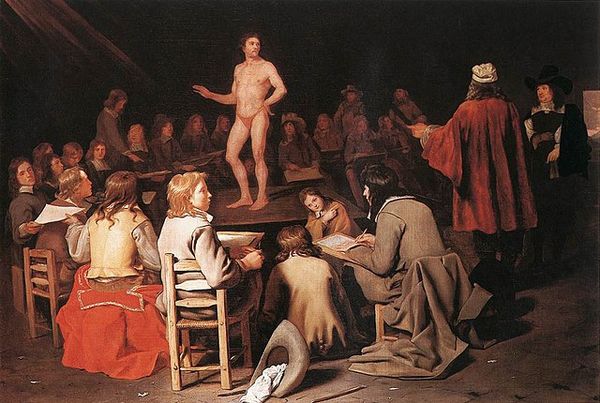
Being a life model is an art form in itself, requiring not just confidence, but a unique ability to captivate and inspire artists. This post will guide you through the essential qualities and practicalities of life modeling, helping you understand what it truly means to elevate an artist's practice.
Its more than just posing
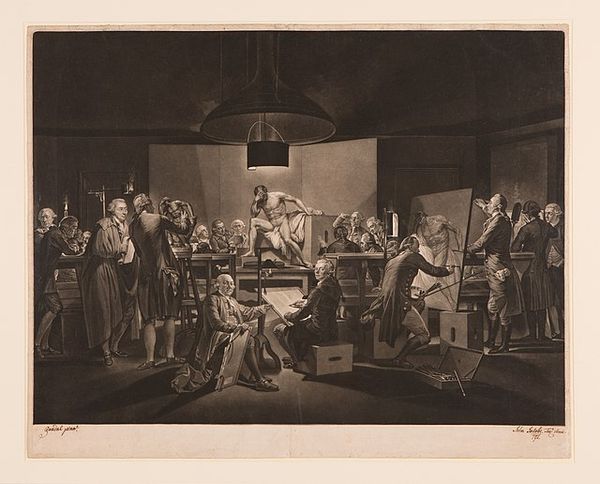
Absolutely anyone can stand still in the nude, but what sets a remarkable life model apart is their ability to project a sense of uniqueness and expressiveness. It’s about commanding the room, making the artist want to look twice. A great life model understands their body—its strengths, its expressiveness—and knows how to use it to convey emotion and inspire creativity.
Before stepping into the spotlight, think about what makes you stand out. How do you view and use your body? How can it be artistically used? This self-awareness is key to becoming a model that artists remember and request time and time again.
What makes one life model "better" than another. I ask this question often, and I ask it to artists, models and other hosts too. The general consensus is that truly brilliant models do two things that the rest do not. First, they have a well developed idea of self-aesthetic. They are somehow capable of perceiving themself as an external observer, and understand that the pose has an intrinsic role in the art work. It is not merely a physical beauty. It is a personality and composition too.
Secondly, they are not doing it for the money alone. There is another calling, a far more personal drive for experienced life models, and to me it just might be something that the artist provides. The artist gives undivided attention, and some models are energized by being perceived in this way. It is the age old relationship, intangible and mysterious that links the muse to the artist. And it is rare.
Navigating the landscape

Joining the life modeling community can be challenging. With an abundance of models and limited work opportunities, it’s not always easy to secure paid gigs. Most institutions prefer to work with models they are familiar with, making it difficult for newcomers to break into the scene. However, this doesn't mean it’s impossible. Engaging actively and intuitively with your role can sometimes be more important than experience.
To help aspiring models gain experience, workshops are occasionally offered. These workshops provide a safe space where participants can practice posing, drawing, and reflecting on their experiences. They are designed to help you understand what makes a satisfying pose and allow you to observe and learn from other models. This environment is crucial for developing your own style and confidence as a life model.
As a host I would highly recommend that you attend a life drawing class as an artist before you start life modeling, especially if you are not already involved in a performance art, like acting or dancing. This will give you an idea of what the artists sees, and it will give you an insight into poses and duration. Gestural poses (anything under 2 minutes) are less taxing, and have higher energy in the physical expression. Long poses (anything over 30 minutes) are much more challenging, and in the long poses you are more likely to encounter discomfort.
The practical side
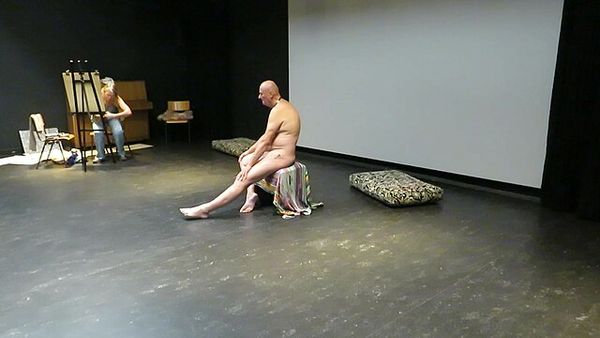
I have been running my small class since 2023, and in addition to my class I travel London and draw at a number of other classes. These classes are not affiliated with an art institution, they are passion projects (like mine) run by individuals. What I have noticed is that the majority of these events are adhoc, by that I mean they occur in community halls of pubs, and the like. These venues are not geared to cater specifically for artist, per say, and therefore the facilities for the life model are absent.
At my class in Homerton Library, we negotiated a storage space. This is unusual. This allows us to collect equipment, props and accessories specifically for the life model. Things like a variety of stools, small steps, bamboo canes and a fake sword. Albeit trivial these props give the subject an opportunity for adlib creativity and self expression.
Models with more experience often travel with a compact set of their preferred props, from a bunch of flowers to skulls, staffs and even a collapsible stool. When a model arrives prepared in this way it is obvious they are experienced, because quiet often the host cant be bothered, or has no storage to keep props.
Understanding the logistics of life modeling is just as important as mastering the art of posing. Here are some practical tips to help you succeed:
- Poses: Choose poses that are dynamic yet sustainable. Shorter poses can be more dramatic, while longer poses require comfort and stability. Build a repertoire of poses that work for you, and don’t be afraid to mix things up.
- Props: Props can add interest to your poses and provide support. Whether it’s a bamboo pole, a yoga block, or something more creative like a musical instrument, use props to enhance your poses and make them more comfortable.
- Heating: Modeling spaces should be properly heated to ensure your comfort. If necessary, bring items like an electric blanket or hat to stay warm, especially in colder months.
- Breaks and Timing: Agree on breaks beforehand and keep track of time to avoid overexertion. It’s okay to move slightly or stretch during long poses—just let the artists know.
- Clothing and Hygiene: Bring a dressing gown, slippers, and any personal items that ensure comfort and cleanliness. These small details can make a big difference during a session.
- Pay and Contracts: Pay rates can vary widely, but the recommended rate is typically around £20 per hour. Payment methods and contracts can be complicated, so it’s essential to understand your rights and ensure you’re compensated fairly.
- Confidentiality and Respect: Your contact details should remain private, and photography is generally not allowed. Remember, your job is to inspire art, not to become the subject of unauthorized images.
Professional life modeling
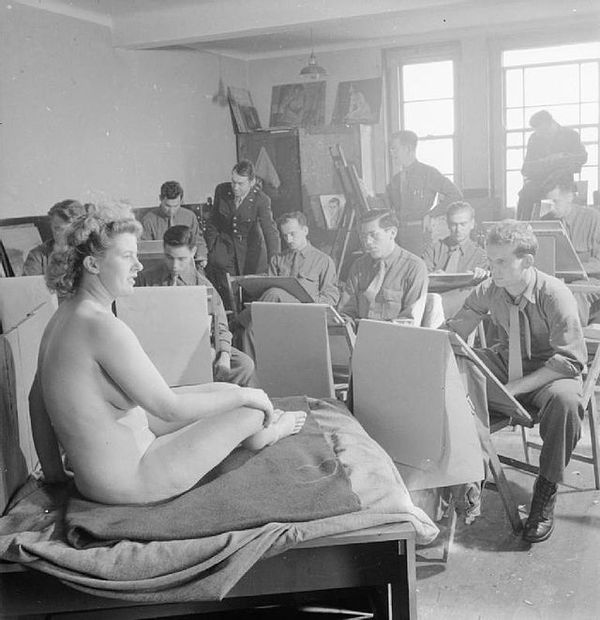
Becoming a life model is not just about being comfortable in your own skin; it’s about learning how to express yourself through your poses, understanding the artistic process, and building relationships within the art community. It’s a journey of self-discovery, artistic collaboration, and personal growth.
If you’re serious about pursuing life modeling, consider attending workshops, learning from experienced models, and continuously refining your skills. It’s a unique and rewarding profession that offers much more than meets the eye.
Key takeaways
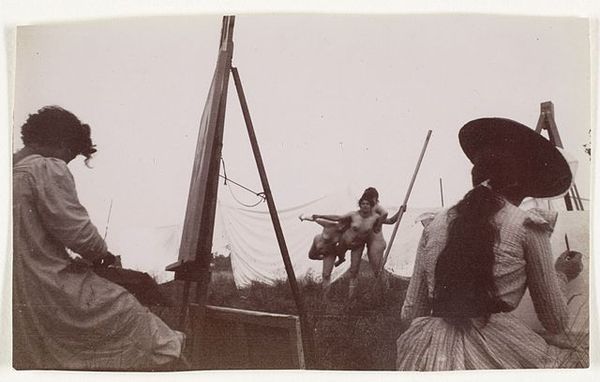
- Expressiveness is Key: A great life model knows how to project a unique presence that captivates artists.
- Gain Experience Through Workshops: Workshops offer a safe space to practice, learn, and develop your style.
- Practical Considerations Matter: From heating to props to pay, understanding the logistics of life modeling is crucial.
- Engage Actively: Building relationships and understanding the art form can sometimes be more valuable than experience alone.
- Respect and Confidentiality: Always ensure your privacy and understand the boundaries of the job, including the prohibition of unauthorized photography.
Life modeling is an art, a profession, and a journey. If you approach it with the right mindset, it can be an incredibly fulfilling experience.
Attribution of images used in this blog
- Naked Beach the body positive hero image was inspired the TV series poster
- Wiki Media a collection of retro life drawing images, photos and antique etchings.
- Nudist on the beach a seach result showing a bunch of people living their best life.

